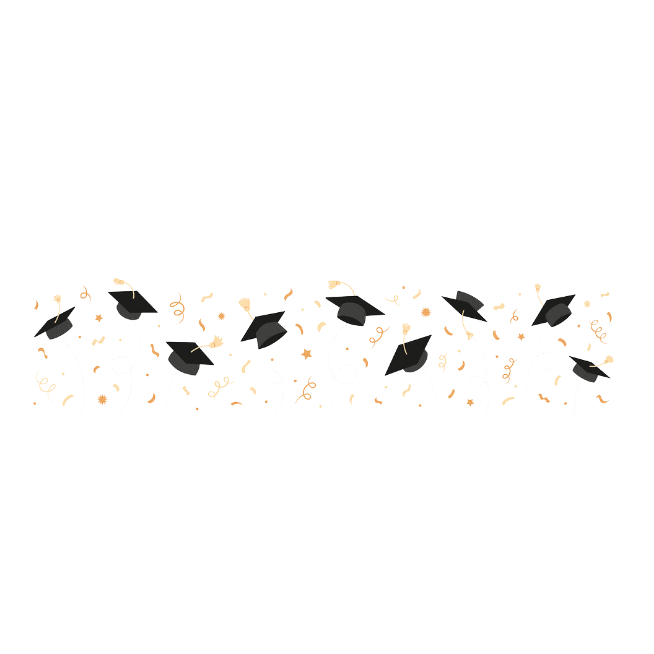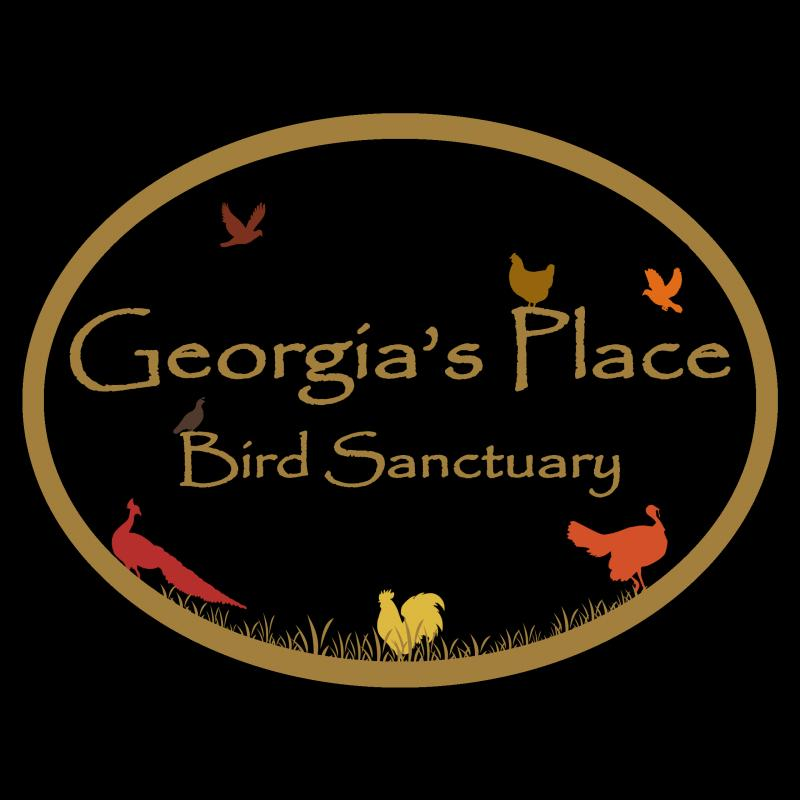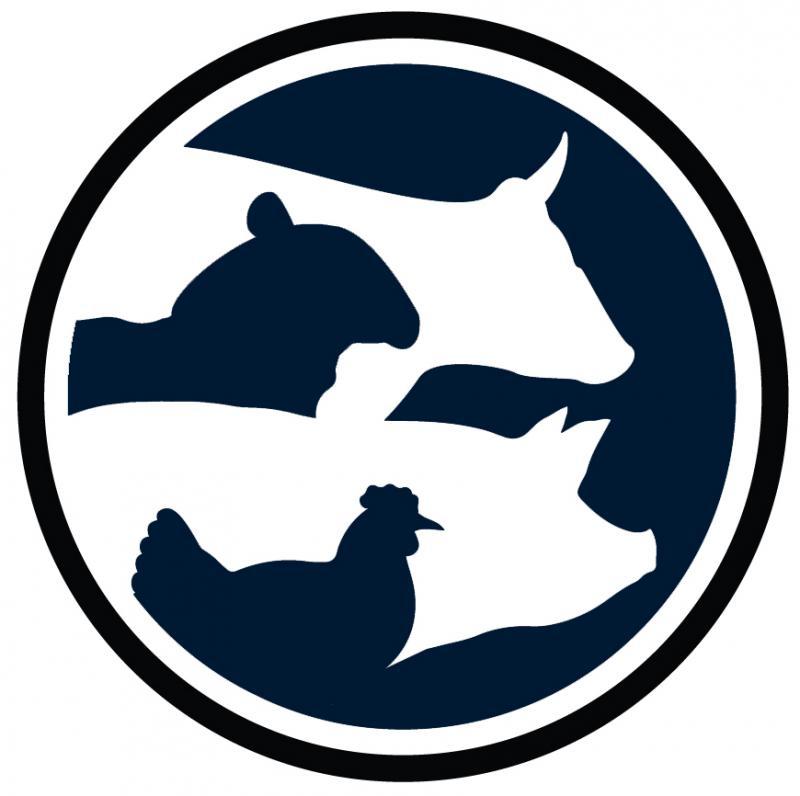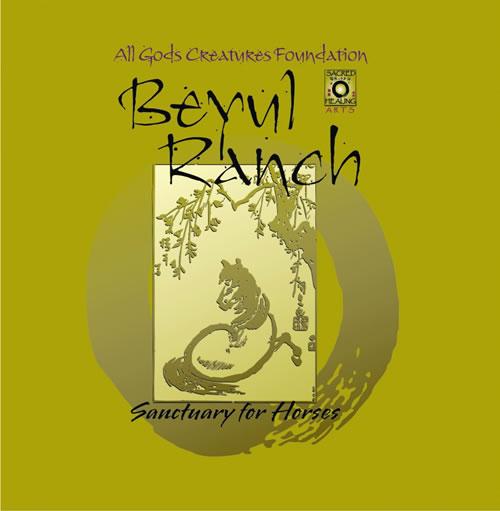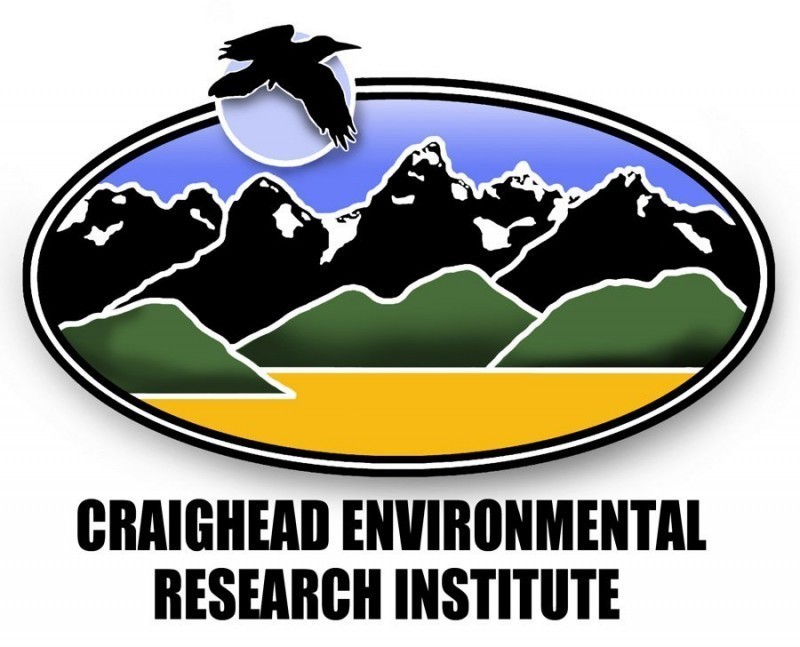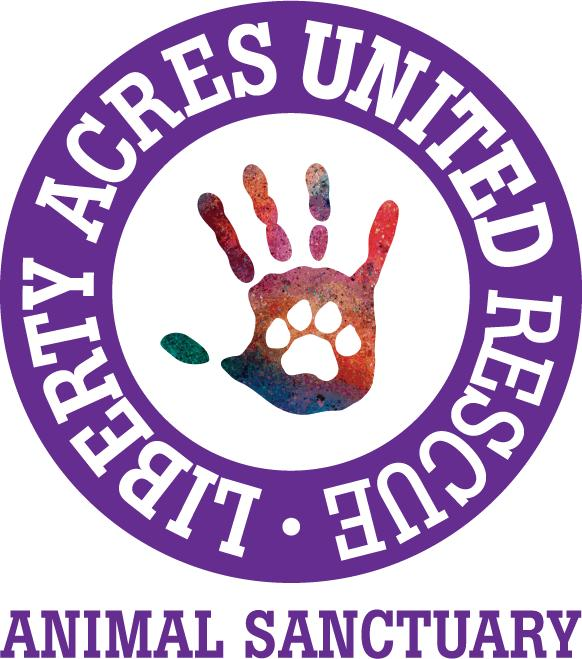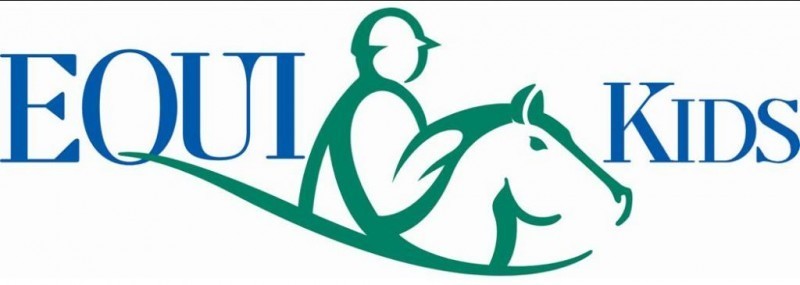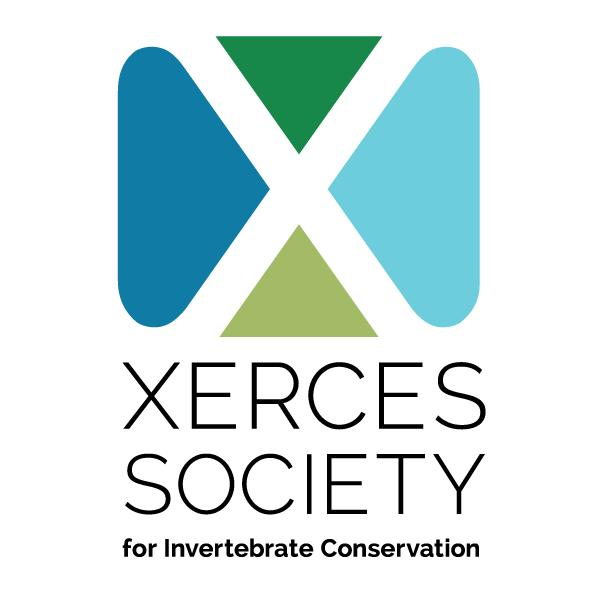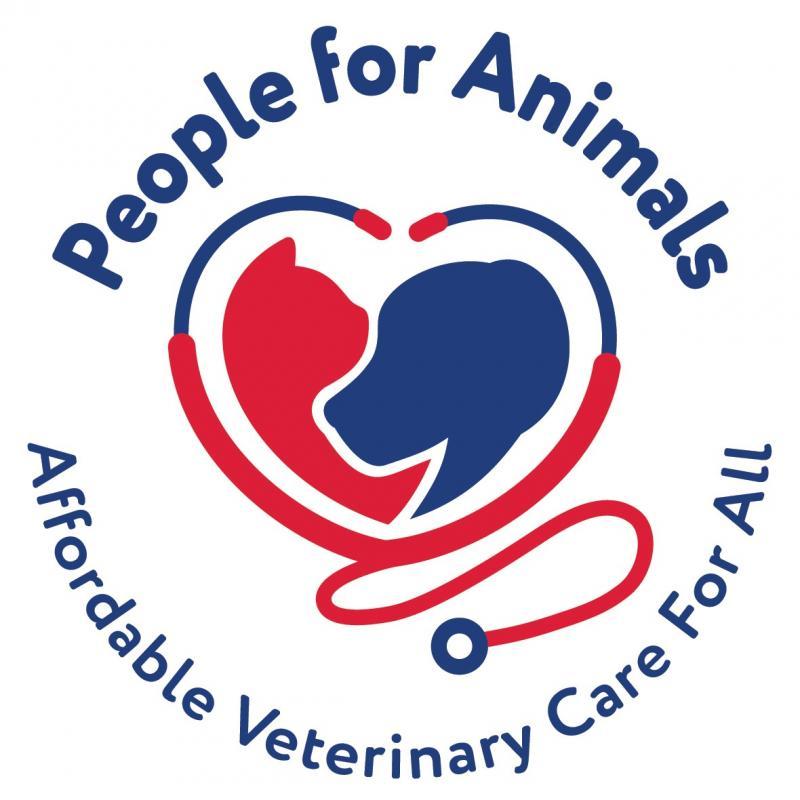Causes: Animals, Bird Sanctuaries, Protection of Endangered Species, Wildlife Preservation & Protection
Mission: The Peregrine Fund works globally to conserve biological diversity and enhance environmental health by working with birds. This is accomplished by restoring species in jeopardy, conserving habitat, educating students, training conservationists, providing factual information to the public, and accomplishing scientific investigations. We have assisted on conservation projects in more than 40 countries. The organization employs the inter-disciplinary principles of conservation biology. We strongly believe in cooperative efforts involving individuals, organizations, corporations, and government, a belief that has been the cornerstone of the program to restore the Peregrine Falcon. We are a results-oriented organization that works locally, nationally, and internationally. Preserving visible, charismatic, far-ranging species results in many benefits. By focusing on birds and their ecological requirements, and providing sufficient protection to sustain viable populations, we are using birds to provide an umbrella of protection for the diversity of life and the entire ecosystem associated with them.
Target demographics: to conserve birds of prey
Geographic areas served: Nationally and internationally
Programs: Species restoration. California condor - the captive breeding facility in boise, idaho produces california condors for release to the wild to establish self-sustaining populations of this rare species. By 1982, just 22 california condors remained on earth. Today there are approximately 425 individual birds, more than half of them flying free in the wild. This year the 16 pairs held by the peregrine fund produced 12 fertile eggs. Nine hatched in boise and the rest were sent to other facilities. Thirteen captive-bred condors were transferred to the arizona vermilion cliffs site for release to the wild and that population now includes 77 individuals. Cooperative programs with state agencies and hunting groups were expanded to encourage the use of lead-free ammunition in condor country. Each year we attempt to trap every condor to be tested and, if necessary, treated for lead poisoning or any other maladies discovered. Raptor propagation. In 2014 we began a captive population of eurasian sparrowhawks accipiter nisus to maintain personnel competency in captive propagation techniques, but more so to obtain skills and knowledge in producing accipiters in captivity which could be applied to future conservation efforts within this genus. Currently the peregrine fund's world center for birds of prey houses 7 eurasian sparrowhawks (3 breeding pairs and one lone male). The sparrowhawk is of least concern as far as conservation status, however, the genus accipiter has been produced minimally in captivity when compared to other species of raptors, so developing and publishing techniques will no doubt benefit any future species of concern. We also continue to maintain a captive breeding population of taita falcons falco fasciinucha to maintain a genetically diverse captive population for potential future conservation needs of this near-threatened species. Currently in the u. S. , all taita falcons are of the same genetic strain from a handful of falcons brought to the u. S. From africa in the 1980's. We are currently working with cooperators to obtain more individuals from africa to diversify our captive population. The peregrine fund currently houses 5 taita falcons (2 breeding pairs and 1 lone male).
conservation programs - since founding in 1970, over 100 raptor species in at least 66 countries have benefitted from field research and hands-on recovery efforts by the organization. This year the peregrine fund was involved in raptor research, graduate studies, and conservation projects in 18 countries on four continents. Training and support were provided to 24 students conducting graduate thesis research projects and doctoral and master's studies, all in their native countries; since beginning, 27 students have graduated with phd degrees and 76 with msc degrees. This year, eight pairs of previously released young of the critically endangered ridgway's hawk formed territories and four pairs bred successfully in the wild in the dominican republic in an experimental assisted dispersal project, and a record 31 young were released to help establish a new population. Five orange-breasted falcon chicks, hatched in captivity, were released into the wild in belize, and surveys were conducted for nesting falcons in belize and guatemala. Captive-bred and wild-hatched harpy eagles were tracked and observed in the forests of darien, panama using radio telemetry, and public educational campaigns were conducted to reduce shooting of this threatened species. Eight graduate students were supported in argentina, brazil, chile, bolivia and ecuador, and two graduated with phd degrees and one with an msc degree. Four students conducted field studies for graduate or post-graduate degrees benefitting vulture conservation in kenya and understanding of eleonora's falcon migration. In madagascar, work to set aside globally significant wetlands and forests was rewarded in 2015 with the declaration of permanent protection for three community-based conservation areas, where we monitor rare and endangered raptor species, assist captive breeding of critically endangered species, support eight graduate students' studies, and work with local communities to develop new income sources while protecting traditional customs and practices. Financial, scientific and technical support was given to the philippine eagle foundation for work including captive breeding and release of philippine eagles, public education, conservation of critical habitat, and telemetry studies on wild eagles. Annual breeding population surveys of critically endangered gyps vultures were completed in india that revealed stabilizing populations after the catastrophic declines recorded due to the use of veterinary diclofenac in livestock. Key presentations were given to the first andean condor regional workshop in peru and 10th neotropical ornithological congress in brazil, as well as the annual meeting of the raptor research foundation, wilson ornithological society and the american ornithologists union, among others. The american kestrel partnership was expanded to understand the species' decline on a continental scale. The second season of study to understand how the gyrfalcon responds to impacts of climate change was completed in alaska. Studies on the effects of wind turbines on raptor mortality, and golden eagle distributions were conducted, and a symposium on the effects of wind power on raptors was held in sacramento, ca. Aplomado falcon surveys found 33 pairs in south texas and a total of 50 young were produced.
education / information - the education program at the peregrine fund's world center for birds of prey provides cultural and educational opportunities to the greater treasure valley, idaho, and beyond. With a growing population, complicated land use patterns, and the need to increase the public's awareness of natural systems, we provide information for students and individuals to make wise decisions and have a positive impact on our environment. In fy2015 we hosted 35,399 visitors at our interpretive center. We also continued our school-endorsed programs which are geared to k-12 students in idaho. These programs have been designed by educators and biologists to meet stem standards and provide valuable scientific content for visiting students and teachers. In 2015 we reached 5,584 students through a combination of on-and-off site programming. Calendars, annual reports, news releases, brochures and other materials are updated annually and made available to the public. Photographers are encouraged to participate in conservation by entering the peregrine fund's internationally-recognized photo competition, raptors at risk. The peregrine fund's online audience logged about 750,000 page views of our webcams trained on peregrine falcons and american kestrels that show them courting, nesting, and raising young each spring. Year-round, viewers access explore raptors on-line, a user-friendly guide for all ages to identify and learn about raptor species. For users seeking more technical information, our on-line global raptor information network presents academic species accounts and bibliographies of published works on 333 raptor species. Journal articles from the peregrine fund's library may be requested; this year staff supplied 640 articles to researchers worldwide free of charge. Visitors to the archives of falconry learn about the role of falconers in raptor conservation and habitat protection. The website provides tools to join, subscribe to e-newsletters, shop for raptor-related merchandise, and track donations. The organization has 73,531 followers on its 5 facebook pages and 2,121 followers on twitter.
Mission: The Peregrine Fund works globally to conserve biological diversity and enhance environmental health by working with birds. This is accomplished by restoring species in jeopardy, conserving habitat, educating students, training conservationists, providing factual information to the public, and accomplishing scientific investigations. We have assisted on conservation projects in more than 40 countries. The organization employs the inter-disciplinary principles of conservation biology. We strongly believe in cooperative efforts involving individuals, organizations, corporations, and government, a belief that has been the cornerstone of the program to restore the Peregrine Falcon. We are a results-oriented organization that works locally, nationally, and internationally. Preserving visible, charismatic, far-ranging species results in many benefits. By focusing on birds and their ecological requirements, and providing sufficient protection to sustain viable populations, we are using birds to provide an umbrella of protection for the diversity of life and the entire ecosystem associated with them.
Target demographics: to conserve birds of prey
Geographic areas served: Nationally and internationally
Programs: Species restoration. California condor - the captive breeding facility in boise, idaho produces california condors for release to the wild to establish self-sustaining populations of this rare species. By 1982, just 22 california condors remained on earth. Today there are approximately 425 individual birds, more than half of them flying free in the wild. This year the 16 pairs held by the peregrine fund produced 12 fertile eggs. Nine hatched in boise and the rest were sent to other facilities. Thirteen captive-bred condors were transferred to the arizona vermilion cliffs site for release to the wild and that population now includes 77 individuals. Cooperative programs with state agencies and hunting groups were expanded to encourage the use of lead-free ammunition in condor country. Each year we attempt to trap every condor to be tested and, if necessary, treated for lead poisoning or any other maladies discovered. Raptor propagation. In 2014 we began a captive population of eurasian sparrowhawks accipiter nisus to maintain personnel competency in captive propagation techniques, but more so to obtain skills and knowledge in producing accipiters in captivity which could be applied to future conservation efforts within this genus. Currently the peregrine fund's world center for birds of prey houses 7 eurasian sparrowhawks (3 breeding pairs and one lone male). The sparrowhawk is of least concern as far as conservation status, however, the genus accipiter has been produced minimally in captivity when compared to other species of raptors, so developing and publishing techniques will no doubt benefit any future species of concern. We also continue to maintain a captive breeding population of taita falcons falco fasciinucha to maintain a genetically diverse captive population for potential future conservation needs of this near-threatened species. Currently in the u. S. , all taita falcons are of the same genetic strain from a handful of falcons brought to the u. S. From africa in the 1980's. We are currently working with cooperators to obtain more individuals from africa to diversify our captive population. The peregrine fund currently houses 5 taita falcons (2 breeding pairs and 1 lone male).
conservation programs - since founding in 1970, over 100 raptor species in at least 66 countries have benefitted from field research and hands-on recovery efforts by the organization. This year the peregrine fund was involved in raptor research, graduate studies, and conservation projects in 18 countries on four continents. Training and support were provided to 24 students conducting graduate thesis research projects and doctoral and master's studies, all in their native countries; since beginning, 27 students have graduated with phd degrees and 76 with msc degrees. This year, eight pairs of previously released young of the critically endangered ridgway's hawk formed territories and four pairs bred successfully in the wild in the dominican republic in an experimental assisted dispersal project, and a record 31 young were released to help establish a new population. Five orange-breasted falcon chicks, hatched in captivity, were released into the wild in belize, and surveys were conducted for nesting falcons in belize and guatemala. Captive-bred and wild-hatched harpy eagles were tracked and observed in the forests of darien, panama using radio telemetry, and public educational campaigns were conducted to reduce shooting of this threatened species. Eight graduate students were supported in argentina, brazil, chile, bolivia and ecuador, and two graduated with phd degrees and one with an msc degree. Four students conducted field studies for graduate or post-graduate degrees benefitting vulture conservation in kenya and understanding of eleonora's falcon migration. In madagascar, work to set aside globally significant wetlands and forests was rewarded in 2015 with the declaration of permanent protection for three community-based conservation areas, where we monitor rare and endangered raptor species, assist captive breeding of critically endangered species, support eight graduate students' studies, and work with local communities to develop new income sources while protecting traditional customs and practices. Financial, scientific and technical support was given to the philippine eagle foundation for work including captive breeding and release of philippine eagles, public education, conservation of critical habitat, and telemetry studies on wild eagles. Annual breeding population surveys of critically endangered gyps vultures were completed in india that revealed stabilizing populations after the catastrophic declines recorded due to the use of veterinary diclofenac in livestock. Key presentations were given to the first andean condor regional workshop in peru and 10th neotropical ornithological congress in brazil, as well as the annual meeting of the raptor research foundation, wilson ornithological society and the american ornithologists union, among others. The american kestrel partnership was expanded to understand the species' decline on a continental scale. The second season of study to understand how the gyrfalcon responds to impacts of climate change was completed in alaska. Studies on the effects of wind turbines on raptor mortality, and golden eagle distributions were conducted, and a symposium on the effects of wind power on raptors was held in sacramento, ca. Aplomado falcon surveys found 33 pairs in south texas and a total of 50 young were produced.
education / information - the education program at the peregrine fund's world center for birds of prey provides cultural and educational opportunities to the greater treasure valley, idaho, and beyond. With a growing population, complicated land use patterns, and the need to increase the public's awareness of natural systems, we provide information for students and individuals to make wise decisions and have a positive impact on our environment. In fy2015 we hosted 35,399 visitors at our interpretive center. We also continued our school-endorsed programs which are geared to k-12 students in idaho. These programs have been designed by educators and biologists to meet stem standards and provide valuable scientific content for visiting students and teachers. In 2015 we reached 5,584 students through a combination of on-and-off site programming. Calendars, annual reports, news releases, brochures and other materials are updated annually and made available to the public. Photographers are encouraged to participate in conservation by entering the peregrine fund's internationally-recognized photo competition, raptors at risk. The peregrine fund's online audience logged about 750,000 page views of our webcams trained on peregrine falcons and american kestrels that show them courting, nesting, and raising young each spring. Year-round, viewers access explore raptors on-line, a user-friendly guide for all ages to identify and learn about raptor species. For users seeking more technical information, our on-line global raptor information network presents academic species accounts and bibliographies of published works on 333 raptor species. Journal articles from the peregrine fund's library may be requested; this year staff supplied 640 articles to researchers worldwide free of charge. Visitors to the archives of falconry learn about the role of falconers in raptor conservation and habitat protection. The website provides tools to join, subscribe to e-newsletters, shop for raptor-related merchandise, and track donations. The organization has 73,531 followers on its 5 facebook pages and 2,121 followers on twitter.
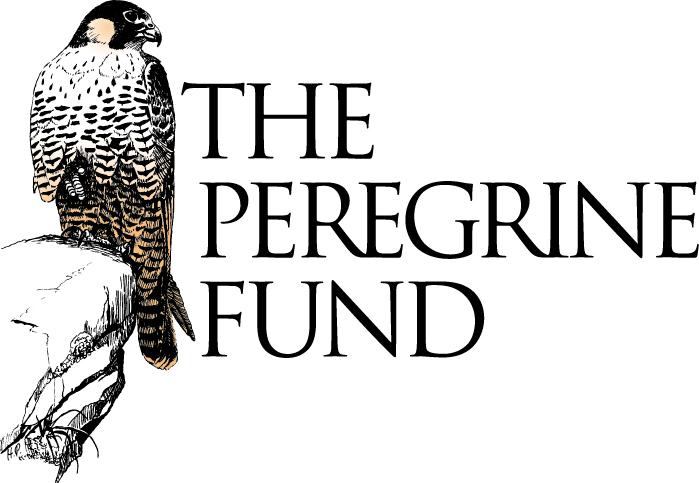
Animals
Boise
























